Student Blog
What are OS/OT?
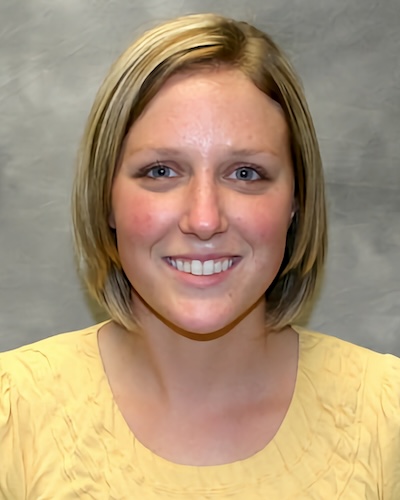
Staying for another year ⟩
March 30, 2010, by Myka
Admissions What are OS/OT?
I am having such a good time at USC that I am going on for a seventh year to pursue my clinical doctorate (OTD)! I completed my bachelor’s degree at USC and am almost done with the Master’s. Why leave now? The clinical doctorate is just one more year!
Actually, it is a hard decision — to go out in the working world now, or to stay on for one more year? As you likely know, a Master’s degree is all that is required to practice as an OT. So why am I staying on for the clinical doctorate?
I am really interested in teaching part-time and practicing part-time. Having a clinical doctorate will give me an edge in this regard and more opportunities should open up in teaching. Next year I am planning on being involved in teaching in the Master’s program and developing curriculum.
I also want to develop myself as a leader in the profession. I also feel we’ll be on more equal footing with other healthcare professionals who hold doctorates in their fields. I’ll be continuing on in Lifestyle Redesign® at our Faculty Practice and working to develop a lifestyle program. I’m still thinking about what type of program I want to develop, but I want to do something that hasn’t been done before. Doing the clinical doctorate will allow me to broaden the horizons of the profession while being mentored by expert faculty.
I love learning and being a student. I know that even after another year at USC, I won’t be finished with my education. As OTs, we are constantly learning and in fact must attain continuing education each year to keep our licenses. We will all be engaged in the pursuit of expanding our profession as the nature of healthcare changes and as our society’s needs change. I want to be at the forefront of that change!
⋯

Part-time Fieldwork ⟩
March 30, 2010, by Myka
Fieldwork What are OS/OT?
I love my part-time fieldwork doing Lifestyle Redesign® for College Students here at USC! In our program, there is an option to do part-time fieldwork during the second year of the Master’s degree. Because I was a teaching assistant for the summer classes last summer, I am doing my first Level Two fieldwork right now. It’s a big commitment — about 20 hours a week for the whole school year, basically.
Although this is really time consuming, I really enjoy doing my fieldwork. I’m working through our USC Occupational Therapy Faculty Practice with college students. I mainly work through the Disability Services and Programs office with students with learning disabilities, ADD, anxiety, and depression. I also work with other students who want to improve their coping skills and maximize their time in college. This is an exciting area because I am really working on wellness and prevention for these students — it’s a lot like life coaching. I am able to be a full OT and use the range of skills that I’ve learned in practical and theoretical classes. At one of my Level One Fieldwork opportunities, I was basically stuck with the upper body (it was an acute inpatient setting). In my current fieldwork, I can help students with time management, stress management, weight management, focus, and goal-setting to improve their lives. I can go to the store with them to pick out healthy, easy to pack lunches for long school days. I can go in their dorms and apartments to help them organize and create a healthy environment for studying and sleeping. I can go for a long walk or to the gym and work on weight management and increasing energy.
As you might imagine, it’s a pretty fun job! It blends some aspects of psychosocial work with health promotion and wellness. I also get to lead groups at our gym on campus regarding the topics I have listed above. Next week, I’m leading a group on stress management to help students prepare for finals and final projects. Because I’m a college student, too, these topics really help me to be the best student I can be! I definitely need to utilize stress management techniques — I had a midterm on Monday and have another one due next week!
I really feel that I help other students on campus live their lives to the fullest! I’m planning on incorporating the things I’m currently learning and utilizing in my future practice as an OT — in any setting!
⋯

Robotics and Occupational Therapy ⟩
March 18, 2010, by Myka
Classes Diversity Videos What are OS/OT?
Different disciplines can work together to help people live their lives to the fullest! Right now I am taking a really exciting class through the Engineering department called Innovative Technology for Autism Spectrum Disorders. It is taught by Olga Solomon, a linguist and autism researcher in the OS/OT department here at USC and is funded by a grant from Autism Speaks.
This class has been really great because it is interdisciplinary and we have both engineering and occupational therapy students. We are in small groups and each group is developing a grant proposal for an innovative technology to use for people with autism to help them do the things they need and want to do. Last week in class we learned about socially assistive robots, which are robots that don’t touch people but can help encourage people and help people with autism learn social behaviors. Here is a video of a socially assistive robot helping someone in therapy to do exercises:
The video also mentions at the end that these types of robots are being used with many different populations, including people with autism. You can see from the video that socially assistive robots may become more used in occupational therapy, as we can have them work with our clients for a different method of providing therapy. I asked the class whether they thought robots could ever take over OT jobs if trained well enough. We agreed that we should be safe from a robot-takeover (I, Robot, anyone?), but robots can definitely be used to supplement occupational therapy.
David Feil-Seifer, a PhD candidate in Engineering, came in to speak to our class about his work with these robots. He showed us videos of his research and we saw that children with autism responded positively to the robots and that using this type of technology may be very beneficial in teaching social skills to people with autism and helping them communicate. He then took some of us to the Interaction Lab, which is featured in the video. We got to see the robots (including the one in the video) and meet some of the other students who work in the lab.
I wanted to take this class to become a well-rounded clinician, and this class is a great opportunity to blend disciplines and engage in mutual learning with engineering students. I can see using robots and other technology in all forms of OT, and am excited to learn more about technology that is used therapeutically. When I started OT school, my dad told me to be the most cutting-edge clinician I could be. “Develop OT robots!” was one of his ideas. At the time, I just rolled my eyes (this is the guy who thought OT was helping people find jobs), but now I think this is a really exciting idea. I’m so glad I’m getting this opportunity to learn about exciting new trends in the fields and work with engineering students to develop technologies for people with autism!
⋯

The Lived Experience ⟩
March 2, 2010, by Myka
Classes What are OS/OT?
In OT school, we don’t focus on the diagnosis or the lesion, we focus on the client’s goals and dreams — and help them make stories to succeed!
During undergrad, majoring in neuroscience, I didn’t think too much about the lived experience of what I was learning about. I was too busy figuring out where the lesion in the brain was, or discussing the philosophy of mind, or understanding abnormal psychology. The first summer of the Master’s program here at USC we take a neuroscience foundation course, and I thought I would be an expert and be familiar with all the material. I was excited to learn that many guest speakers had been invited to really talk to us about their lived experience with different neurological disorders or injuries. This was an aspect I had missed out on during undergrad. I learned that in OT, we don’t focus on the diagnosis or the location of the lesion or injury — we look at function and goals. When our clients are having difficulty doing the things they need and want to do, we work with them to fulfill their goals and live their lives to the fullest!
One of my favorite speakers was a girl not much younger than me, Allison, who has cerebral palsy. She talked to us about living with this disability which looks different on the outside, but she is a typical college student. Well, I shouldn’t say typical. She writes screenplays and is hoping to transfer to USC. She is also a stand-up comic, performing all around Los Angeles. She actually just won first place in the qualifying round at a comedy contest! I’m friends with her on Facebook, so can keep up with her there. I thought of her today because I met with the current neuroscience professor for the undergraduate OT program and told her about our guest speakers, and got in touch with Allison so that she could come speak to that class. She replied that she would love to come. When Allison spoke to us, she had good advice for us future OTs. She told us to assume competence, and that OTs need to work with their clients’ goals in mind, not their own goals for the clients.
Having these guest speakers in our neuroscience class really opened my eyes to what I would do as a future OT. I had thought about going to medical school, and enjoyed taking tests in college that were very clinical and diagnostic. But what I really wanted to do was help people individually, and understand each person as a unique individual with goals and dreams. Elizabeth Yerxa, one of the founders of Occupational Science and former chair of USC OT, said: “Medicine is concerned with preserving life; occupational therapy is concerned with the quality of the life preserved.” I know that in this profession I will be able to change lives for the better and am so excited for my future career!
Check out this link to see Allison’s live performance! Allison Cameron Gray performing stand up comedy
⋯
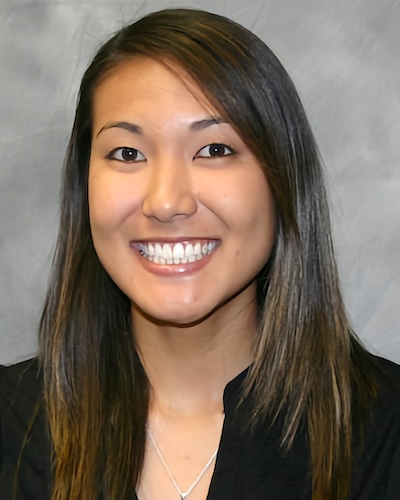
A Wonderful Day of FUN! ⟩
February 16, 2010, by Mari
Community Getting Involved What are OS/OT?
PTE’s 3rd Annual Occupational Extravaganza!
Last weekend, USC’s Pi Theta Epsilon (National OT Honor Society), aka. PTE, put on our big event of the year — The 3rd Annual Occupational Extravaganza! This is an event that has been hosted every year by the current 2nd year Master’s students in PTE. It was held at USC’s Center for Occupation and Lifestyle Redesign, a beautiful Victorian-style house, just up the street from USC’s University Park Campus. It was a special day to show off our wonderful profession through yummy food, crafts, research projects, speakers, and panelists from Good Samaritan Hospital in LA. As a part of the PTE board, it took a lot of planning and organizing, but the event turned out great, and despite the expected rain, there was a pretty big turn out! Those who attended the event were USC OT 1st/2nd/OTD students, USC OT alumni, CSU Dominguez Hills OT students, USC OT faculty/staff, OTs from our students’ fieldwork sites, staff from Good Sam Hospital, students admitted into our OT program, and children from ENGAGE. ENGAGE is a volunteer community organization to help children in the area participate in meaningful occupations, and it is run by the residents of the OT House. So, it was definitely a huge OT event and a great way to kick off OT month in April! Our PTE members were able to put together a wonderful day of fun! Here are some pictures!
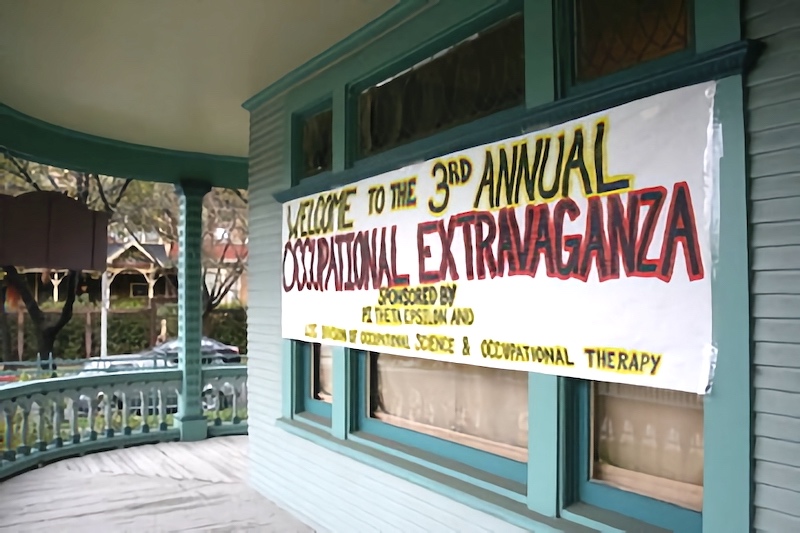
Crafts
We made Valentine’s Day trinket boxes using tiles and grout.
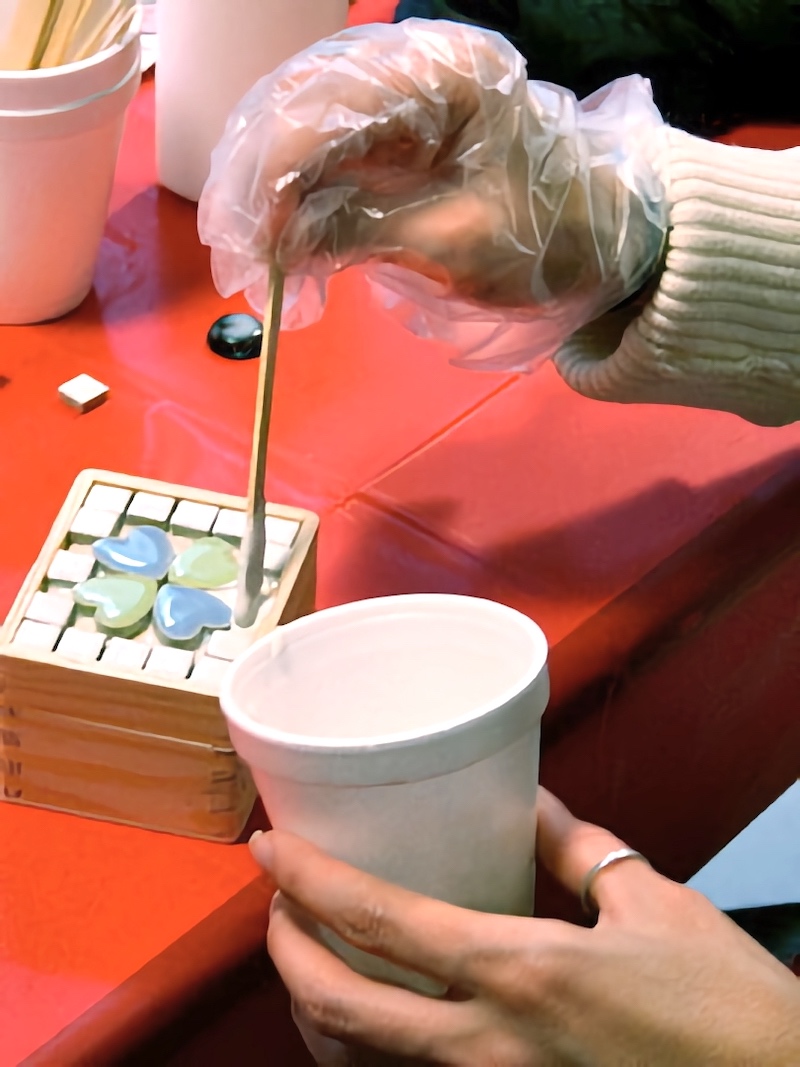
Here’s Dr. Florence Clark, the head of our OT department, as well as the President-elect of AOTA (American OT Association), sharing some of her wisdom with us as we make beautiful origami cranes.
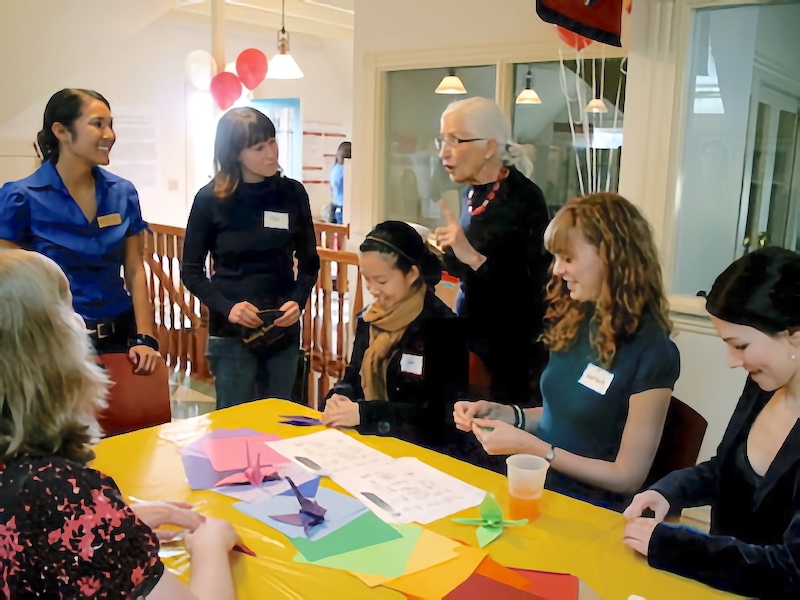
And we also made stress balls using balloons and flour.
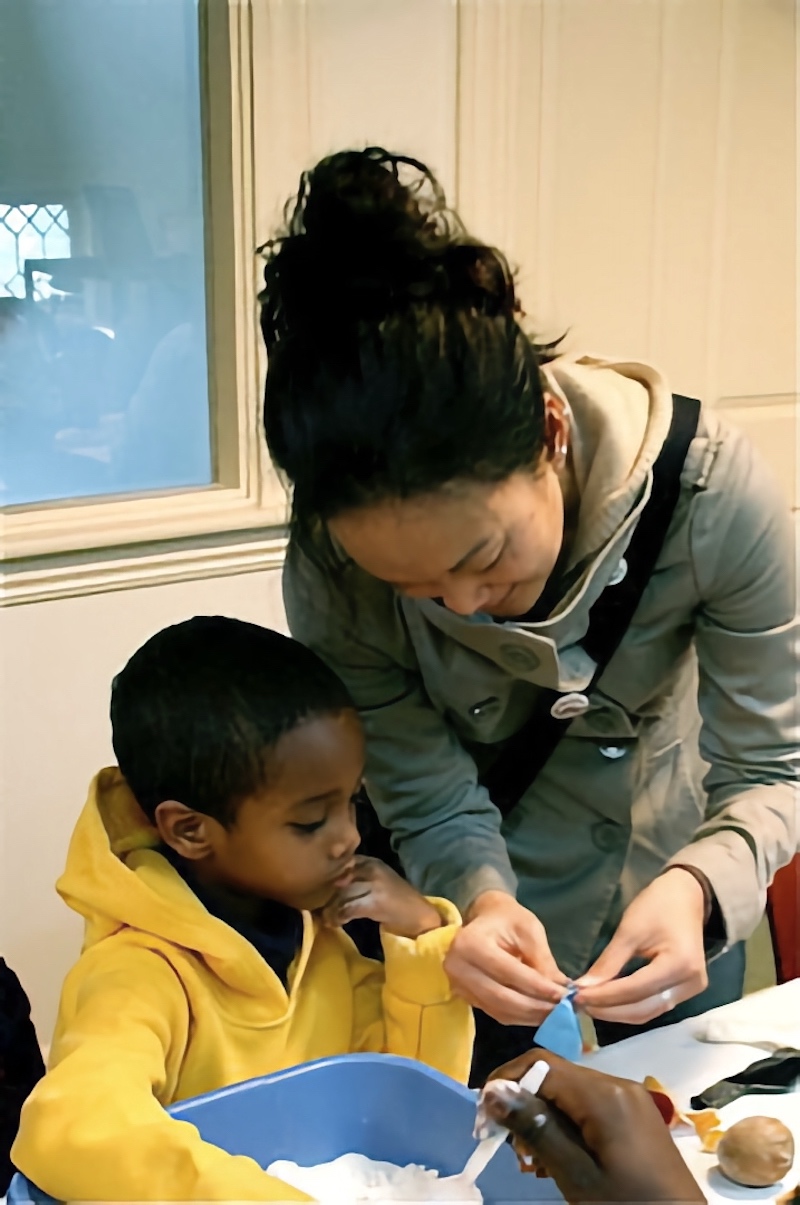
Research
Here’s a small view of the research that was displayed. Research projects were done by current USC faculty (Well Elderly Study, PUPS), OTD students, and current Master’s students.
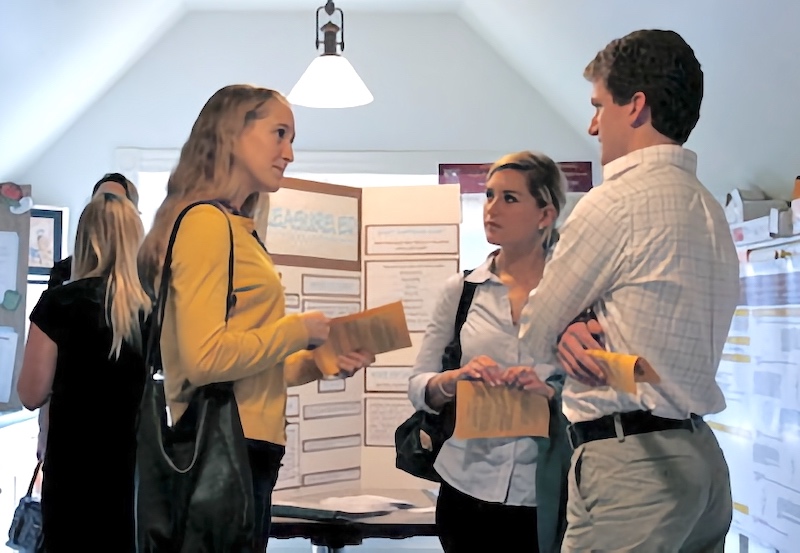
Speakers/Panel
We also had three wonderful speakers, each owning their own private practice (Susan Harris, Tammy Richardson, and Erna Blanche), and below, is our interdisciplinary panel from Good Sam, consisting of an OT, OT student from CSU Dominguez Hills, a rehab director, a nurse, two PTs, and a SLP. Using a case study of an actual patient they all had treated, they discussed the treatment plan and role of interdisciplinary care with this patient.
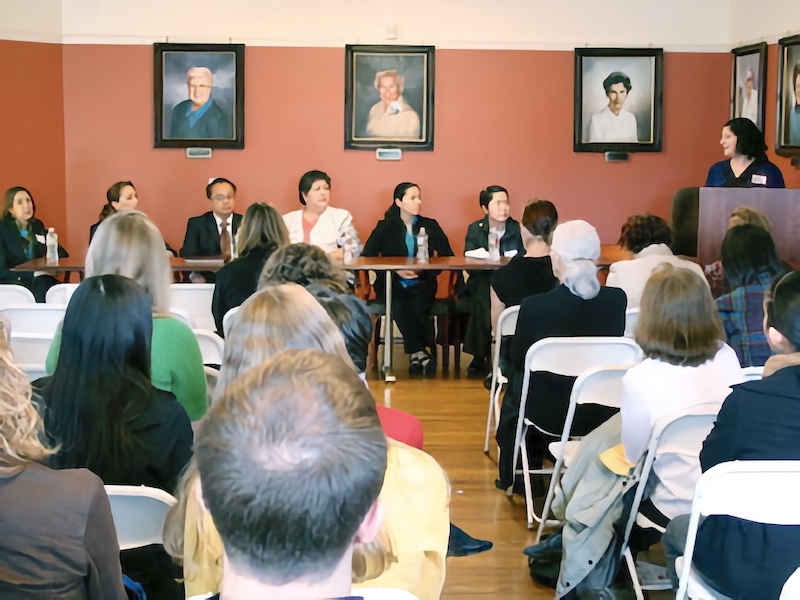
Here’s a picture of me with Dr. Jeanne Jackson (a faculty advisor of PTE) and Phoebe (co-president of PTE).
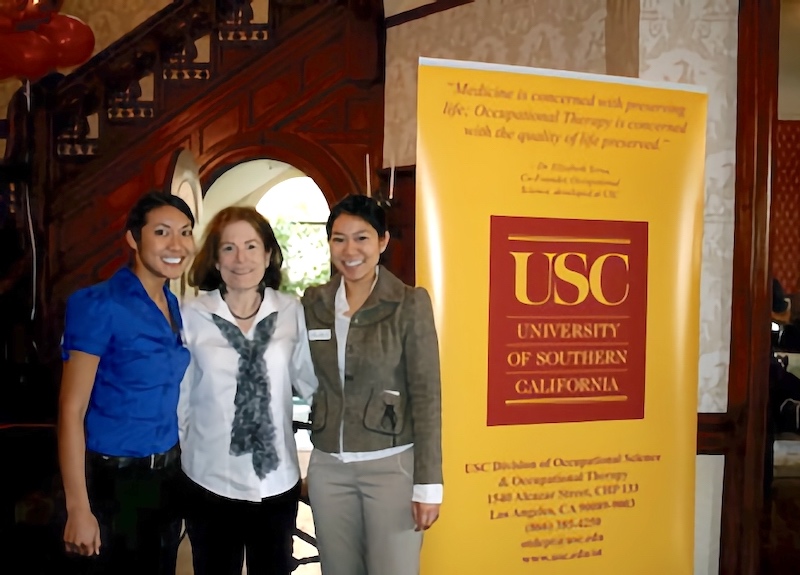
Overall, it was a very enjoyable and successful day! =)
⋯





